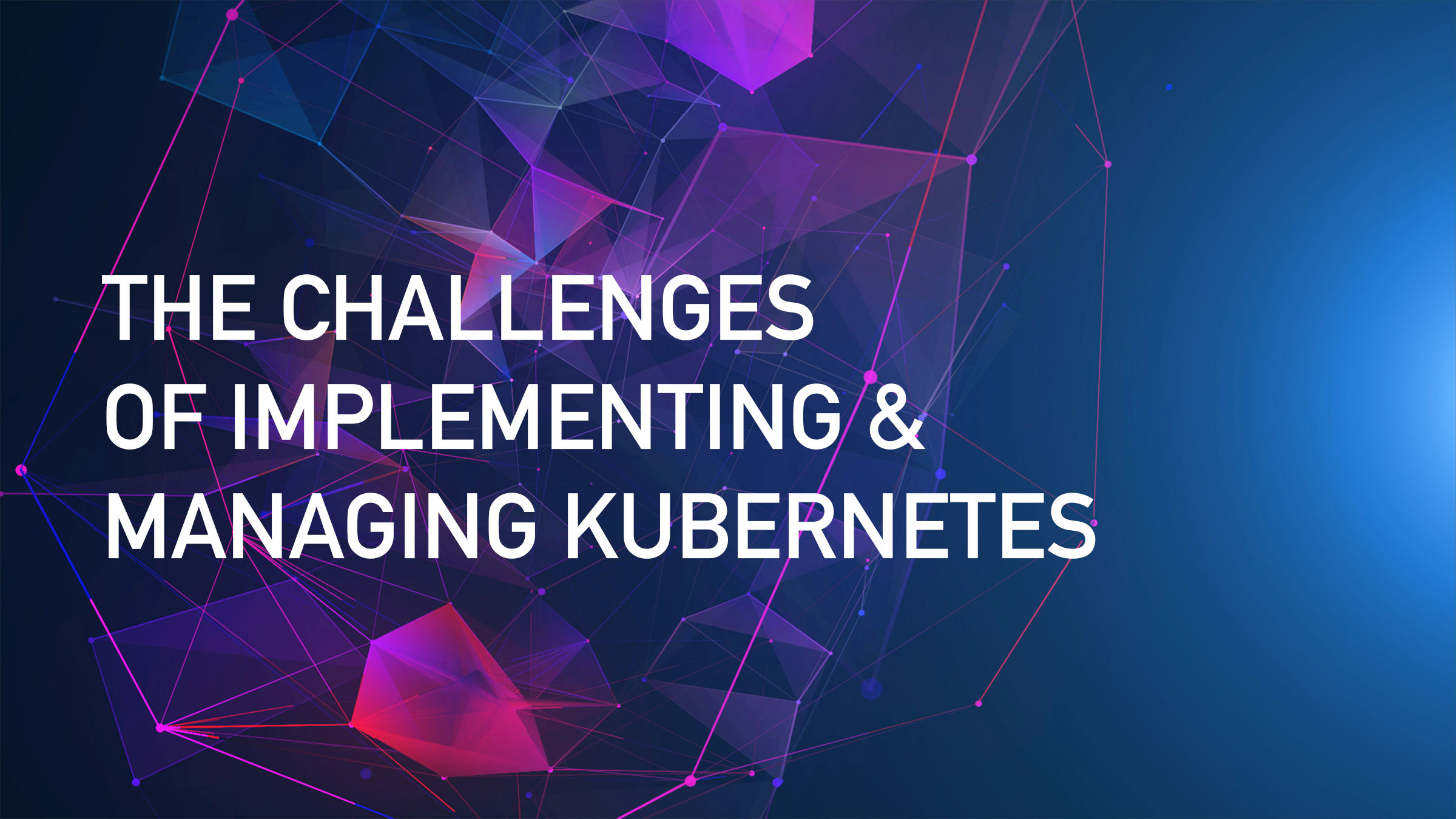Learn the challenges with implementing and managing Kubernetes today

Are you delivering the digital experience your customers expect? According to Accenture, "71% of B2B executives say customers increasingly want B2C-like experiences compared to a few years ago…but nearly half (49%) admit they are failing to deliver the cutting edge and highly relevant experiences customers crave." One way to meet the needs of your customers is by using Kubernetes.
What is Kubernetes?
Kubernetes is a system for automating and deploying multiple applications and their dependencies, or containers, across different clouds and internal environments. With Kubernetes, you can not only build and deploy containers at scale, but schedule when they run and easily automate the management of those containers over time.
In other words, with Kubernetes you're lowering costs and saving time because you're using less IT manpower to oversee and manage your operating machines. This means you can roll out new features like personalization, machine learning and IoT that can improve the customer experience.
The Challenges With Kubernetes
While Kubernetes helps make your life easier in many ways, hence its extreme popularity, there are also many challenges that come with it—especially for an enterprise business that has a large portfolio of apps.
When implementing and operating Kubernetes, there are multiple challenges that you and your team could easily face:
- Kubernetes has no resource automation: All you get with Kubernetes is well…Kubernetes. The platform doesn't come with anything to run it, so you need to figure out how to deliver resources to Kubernetes itself—no easy feat
- Kubernetes is not easy to support: There is no way to deploy a Kubernetes cluster that is easy to support. You can't test at scale, it's difficult to fix if something goes wrong, it doesn't automate upgrades, and there are many more issues
- Security can be a big problem: You have to use Kubernetes' standard, out-of-the-box security, which can be a deal breaker for many organizations. No secure authentication, no in-transit data encryption, and no one-click configuration of Transport Layer Security (TLS)
- Difficult to support at scale: For an enterprise organization scale is critical. And with out-of-the-box Kubernetes, scale is tough to support. Versioning multiple clusters is time consuming and difficult, and requires special resource planning. Plus, in order to truly scale the platform, you need to manually run configuration scripts
And all of these challenges can ultimately impact your customer's experience with your product or service.
The good news is that Kubernetes doesn't have to be so hard. With the right tools in place, you can orchestrate Kubernetes just like Kubernetes orchestrates your containers.
In our latest eBook, we'll walk through four of the top ways to manage Kubernetes today, so that your company can implement and run Kubernetes on an ongoing basis without the drain on your resources, budget, and probably you.
To read the full eBook, download "The Quick and Easy Guide to Automating Kubernetes."









